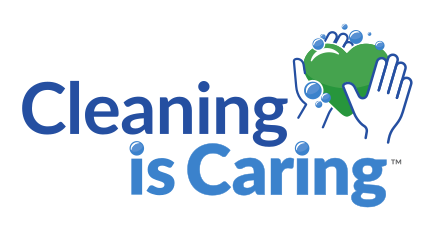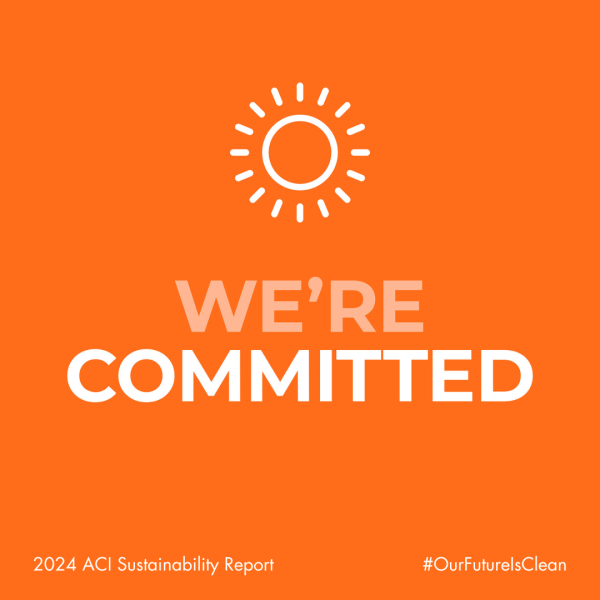As we strive towards a more sustainable future, the cleaning products industry is making significant strides in promoting environmentally friendly practices. The latest sustainability report highlights several inspiring case studies showcasing innovative approaches and progress in reducing emissions.
62 companies in the cleaning product supply chain have committed to be net zero by 2050 or earlier. Here are a couple of case studies that offer practical insights into how businesses are contributing to a cleaner world. This week, we wanted to feature some of those case studies, focused on what the cleaning products industry is doing to save energy and lower greenhouse gas emissions.
Partnering for Impact
Eastman works to solve the world’s challenges around climate change, plastic waste and a growing population by making sustainable, innovative materials that are better for both people and the planet. As a materials supplier, Eastman takes a collaborative approach across the value chain to achieve progress toward its sustainability goals. Membership in the American Cleaning Institute (ACI) facilitates key partnerships with suppliers, customers and the broader industry while also providing insights into consumer demands.
With an aim to reduce the carbon footprint of products, Eastman is partnering with raw material providers to produce more sustainable alternatives for surfactants that are used widely in cleaning and personal care products. Eastman has identified alternative sourcing, including renewable raw materials and energy inputs, that have resulted in new grades of dimethylaminopropylamine (DMAPAs), among other products. With a lower carbon footprint, these have provided customers with a drop-in replacement with sustainability benefits at a competitive price. Eastman has also undertaken more intensive life-cycle assessments to identify new solutions that consider the full value chain, responding to customer demand for increased awareness of the types of ingredients used to make cleaning products.
Eastman’s approach to mitigating climate change is one part of its overall strategy to meet the world’s material needs in a more sustainable way. Eastman continues to work with ACI’s member companies to innovate more sustainable approaches to cleaning products, including the identification of milder and less hazardous chemicals for cleaning, reduction in water use and support for efficacy of cleaning products in cold temperature washing. Through supply chain collaboration, Eastman is advancing sustainability across the cleaning products industry that will support forward progress toward ACI’s goals.
Making Cold Water Wash the Easy Choice
Procter & Gamble builds sustainability into its approach to innovation, delivering products that consumers love that are also better for the future of the planet. As a Procter & Gamble brand, Tide has innovated its laundry detergent to offer the clean that consumers expect using cold water. Washing in cold water instead of hot can reduce the amount of energy used on average by up to 90 percent for each wash cycle, which can mean cost savings of up to $150 per year19 on energy bills for consumers. Tide has helped lead the charge to switch to cold water washing for more than 20 years and is drawing on recent research with the World Wildlife Fund20 on how to remove barriers and introduce opportunities that will prompt consumers to wash in cold water.
In 2024, findings from the research led to two key interventions. First, Tide introduced new upgrades to its formula across all Tide pods to release soils and grease in cold water. As part of the roll-out, Tide included visual reminders for consumers to wash in cold. Specifically, Tide shifted the color of the pods from blue, white, and green to only blue and added a snowflake on the front of the package to provide a more direct visual reminder. Tide also launched its Tide Cold certified program with partner washing machine manufacturers Electrolux, GE Appliances, and Samsung.
Each manufacturer has brought the program to life in a new way, through a specific cold wash setting on the machine or through a new machine feature that improves the machine’s ability to clean in cold with Tide. Tide has tested and validated each machine, adding a TideCold emblem to those machines that have been certified. Tide has also worked with manufacturers to make the cold settings more easily identifiable and accessible for users.
Tide’s membership in ACI is also helping to amplify the message around the benefits of washing in cold. With ACI’s support, Tide can spread the word about cold water washing to other members and consumers alike and reach its goal of moving from 57 percent of laundry loads in North America being done in cold water to 75 percent by 2030.
Learn more in ACI’s latest Sustainability Report.


TELL US WHAT YOU THINK (0)